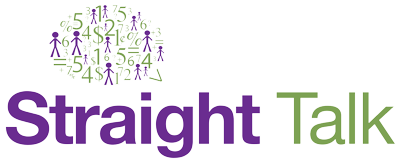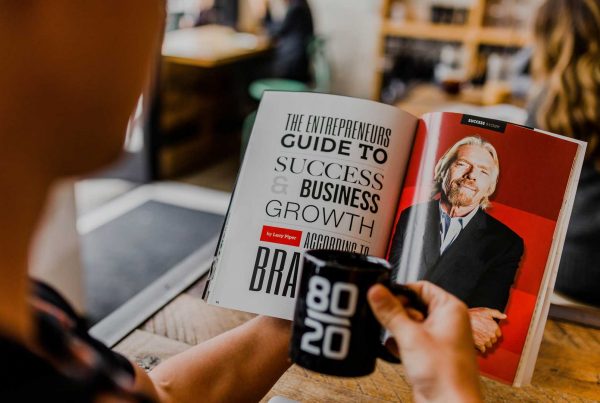HOW TO USE AND GATHER TESTIMONIALS
How to Use Testimonials
1. Use them in your advertisements
Featuring at least one testimonial in your ads will help get the phone ringing. lf your ad is selling a product “off the page“ and you’re running a large ad, it makes sense to use as many testimonials as possible.
Testimonials are especially powerful in seminar ads when you’re wanting to get people along to a free seminar. People tend to NOT value things they receive for free so when you feature testimonials in a seminar ad it shows people that the event is well worth attending.
2. Run testimonial ads
You would have seen weight loss ads with before and after pictures of people. The headlines of those ads often say something like “I lost 53 kg in 43 weeks without dieting… here’s how”
Then the ad goes on to share their story. These types of ads can be very, very, very powerful in generating sales. And that’s the very reason why they’re used time and time again in the weight loss industry.
lf you have a product or service that delivers remarkable, visual before and after results, one of the best things you can do is to feature before and after photos of the customer as well as the testimonial.
After all, what better evidence is there that the product works?
3. A wall of fame
Feature testimonials with a smiling photo of a customer in a frame and place on the wall in your foyer. Imagine having a sea of happy customer faces greeting everyone who walks in. It certainly creates a good impression with customers and has a great effect on team morale as well.
You can also use testimonials…
• At the back and scattered throughout sales proposals
• In the “testimonials” section of you website
• In a “Brag Book” on your coffee table in the client waiting area
• Feature one at the bottom of your email signature field
• Feature one in your e-newsletters
• In all direct mail
• In all other marketing collateral
How to Gather Testimonials
Some people are reluctant to actively go and ask for testimonials from customers because they fear they’re imposing or they are afraid of what they might hear.
In reality, you’ll find that a large number of your clients would be thrilled to comment on the experience they’ve had doing business with you, the value they’ve received, what they like about your company and so on. Having said that, there’s an effective and not-so-effective way to go about it.
lf you were to ask customers to sit down and write a testimonial letter to you, chances are the following will happen:
• Your customers are just as busy as you are. With that, it’s often an inconvenience sitting down and trying to think of what to write in a testimonial. That means you end up waiting a long time or not at all for the testimonial.
• When they do write a testimonial for you it may or may not be written in a format that is very effective in terms of marketing power. You see, it will probably be written in a rather formal way because that’s how people traditionally express themselves on paper. That formal way of writing isn’t usually the most persuasive.
Here’s a much better way… Ask for testimonials verbally.
Call your customers and ask them to let you know what their experiences were dealing with your company as well as their experiences with your product. When you ask for their verbal comments they’re MUCH more likely to express themselves casually and naturally. For example, you might hear:
“l just loved doing business with you and your people. Your people are such a delight to be around. They’re always sunny and cheerful. My widgets always arrive on time and in many cases they even arrive early But the best part is that the results I’ve produced using your widget far outweighs anything I’ve ever experienced before. Before finding your company, I had tried probably 5 of your competitors and none of them came close to matching you on price, quality and service. Keep up the good work.”
Glowing testimonial isn’t it!
The challenge is though, if that customer had put those words to paper, it might come back to you in a written format something along the lines of:
“To whom it may concern: This letter is to express my appreciation of the quality of service and product delivered by XYZ Company. I have had dealings with them for approximately 8 years now and in that time I have always found the quality of product and service to be beyond reproach etc…”
Get the point? It’s formal and it’s boring. isn’t it!
So — telephone your clients, ask for their verbal feedback, type it as they say it, send it to them and ask them to approve it for use in your marketing material — simple as that.
From there, make sure you place the following pieces of information at the bottom of the testimonial:
• Full Name
• Job Title
• Company Name
• Suburb
In some situations, the industry may also help.
And — if you can get a photograph of the client and feature that, that will add even more credibility to the testimonial. If potential customers can see a face against the testimonial, they’re much more likely to believe that the testimonial is real.
Take that one step further and ask a selection of clients if it would be okay to give their phone number to potential customers so they can call if they have any questions before they purchase.
Naturally, you’ll want to carefully select the clients that you ask, and ensure that those clients are well compensated for their time and effort. And obviously you don’t want to abuse the privilege by giving their phone number to every potential customer that you come into contact with.
Here’s an example of a script you might use when you telephone customers to capture testimonials
“Hi [Name], I’m in the process of developing some new marketing material to promote our products/services. Inside that material I’d love to feature comments from our existing customers like you. I was wondering if you’d be happy to share your thoughts and feelings about the product and what your experiences were dealing with us.
It will only take a few minutes over the phone. And to make things as easy as possible, while you’re talking I’ll write down everything you say. which saves you having to put anything on paper. From there, I’ll email those comments to you and you can let us know whether you’re happy for your comments to feature in our marketing.
So [Name], do you have a couple of minutes now, or is there a better time for me to call?”





